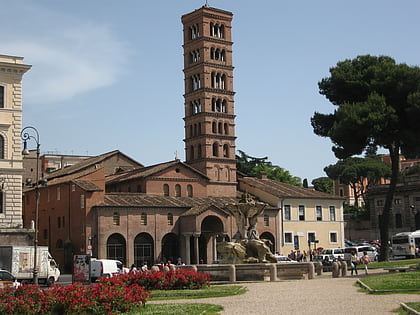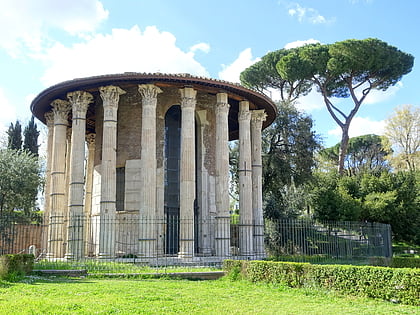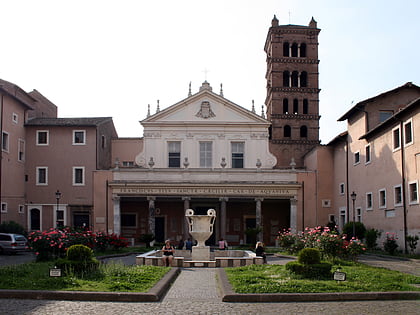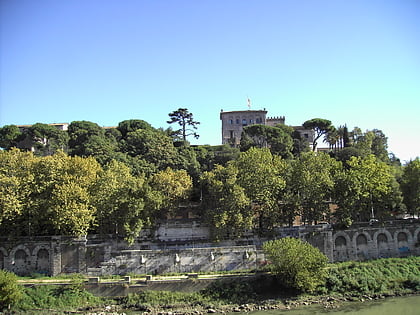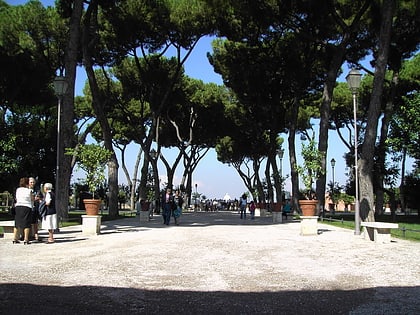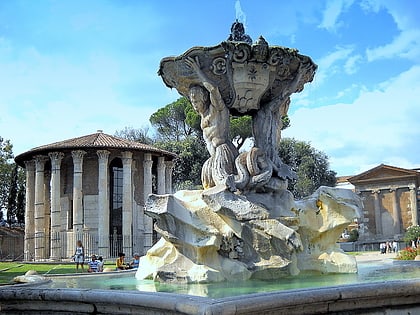Santa Sabina, Rome
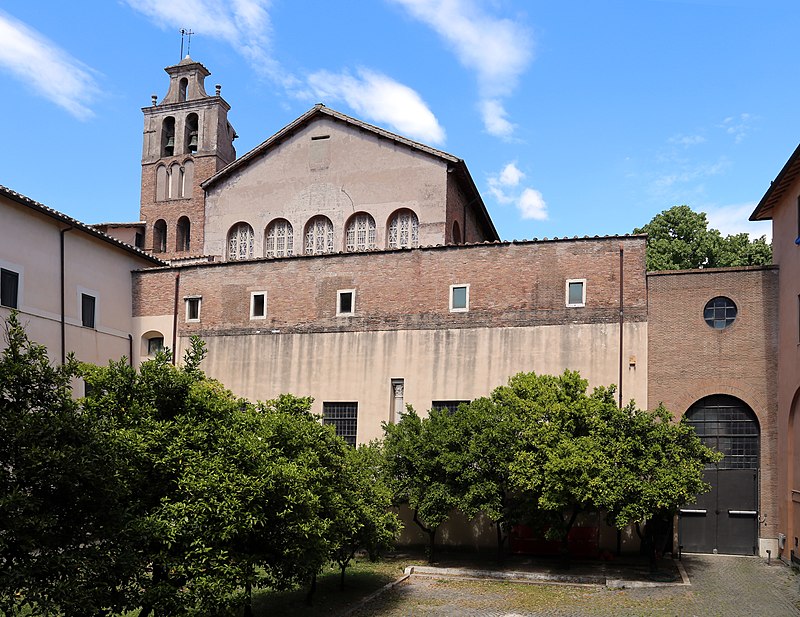
Facts and practical information
Santa Sabina, a Gem of Sacred Architecture in Rome
Nestled atop the Aventine Hill in Rome, Santa Sabina stands as a testament to the city's rich ecclesiastical heritage. This titular church, known for its remarkable preservation, offers visitors a glimpse into the early Christian era of architecture. Constructed in the 5th century, it is one of the oldest basilicas in Rome and has served the faithful for over 1,500 years.
The church's austere exterior belies the treasures within. Upon entering, visitors are greeted by a tranquil nave, lined with twenty-four Corinthian columns made of Proconnesian marble. These columns, which were repurposed from an earlier Roman building, infuse Santa Sabina with a sense of historical continuity and grandeur.
One of the most notable features of Santa Sabina is its wooden doors, dating back to the 5th century. These doors are among the earliest surviving examples of Christian art, with a panel depicting the crucifixion being of particular significance for historians and art enthusiasts alike.
The interior of the church is illuminated by a series of windows made from selenite, not glass, allowing a soft, diffused light to enhance the spiritual ambiance. The apse mosaic, although a later addition from the 9th century, complements the church's ancient aesthetic and depicts a majestic Christ flanked by saints and angels.
Santa Sabina is not only an architectural marvel but also an active place of worship. It is the mother church of the Dominican Order, and visitors may have the opportunity to witness the Dominicans in prayer, adding an authentic layer to the historical experience.
For those interested in the early Christian period or the evolution of religious architecture, Santa Sabina is an essential stop. Its serene atmosphere and historical significance make it a less crowded yet equally enriching alternative to the more frequented basilicas of Rome.
Santa Sabina – popular in the area (distance from the attraction)
Nearby attractions include: Theatre of Marcellus, Santa Maria in Cosmedin, Bocca della Verità, Temple of Hercules Victor.
Frequently Asked Questions (FAQ)
When is Santa Sabina open?
- Monday 8:15 am - 12:30 pm & 3:30 pm - 6 pm
- Tuesday 8:15 am - 12:30 pm & 3:30 pm - 6 pm
- Wednesday 8:15 am - 12:30 pm & 3:30 pm - 6 pm
- Thursday 8:15 am - 12:30 pm & 3:30 pm - 6 pm
- Friday 8:15 am - 12:30 pm & 3:30 pm - 6 pm
- Saturday 8:15 am - 12:30 pm & 3:30 pm - 6 pm
- Sunday 8:15 am - 12:30 pm & 3:30 pm - 6 pm
Which popular attractions are close to Santa Sabina?
How to get to Santa Sabina by public transport?
Bus
- Lgt Ripa/Porto • Lines: 23, 280, 44, 44F, n11, n19 (5 min walk)
- Lgt Aventino • Lines: 23, 280, n10 (6 min walk)
Tram
- Emporio • Lines: 8 (6 min walk)
- Marmorata/Vanvitelli • Lines: 8 (7 min walk)
Metro
- Circo Massimo • Lines: B (11 min walk)
- Piramide • Lines: B (18 min walk)
Ferry
- Isola Tiberina • Lines: Battelli di Roma (12 min walk)
Light rail
- Roma Porta San Paolo • Lines: Fc2 (17 min walk)
- Roma Termini • Lines: Fl6, Fl7 (42 min walk)
Train
- Roma Trastevere (28 min walk)
- Quattro Venti (30 min walk)
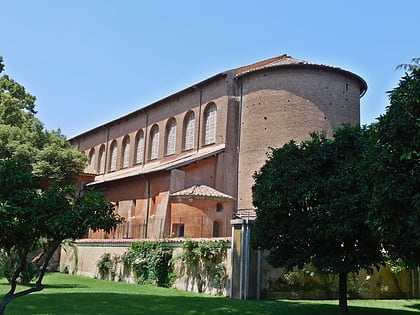

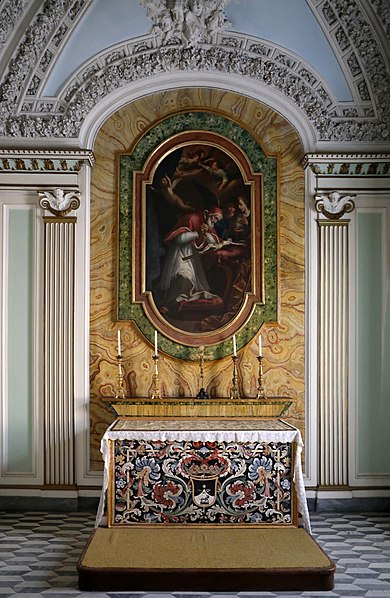
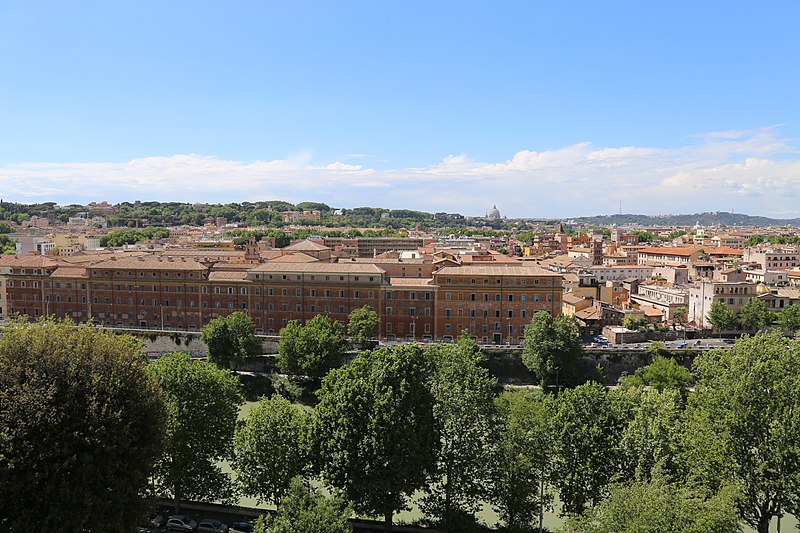
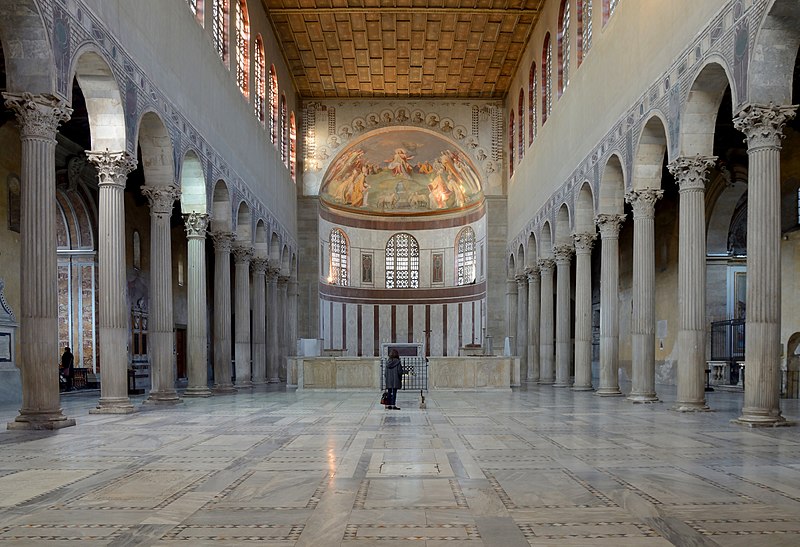
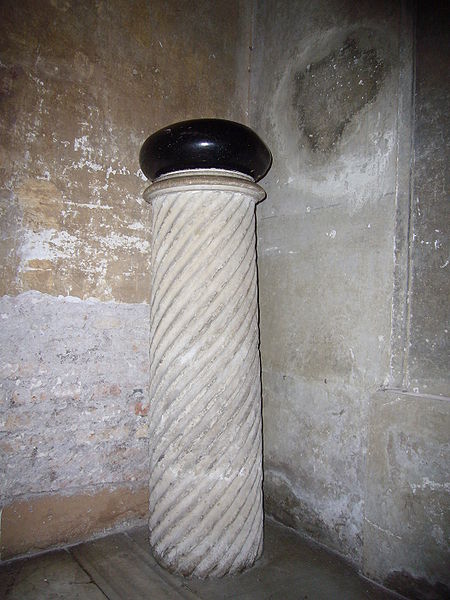
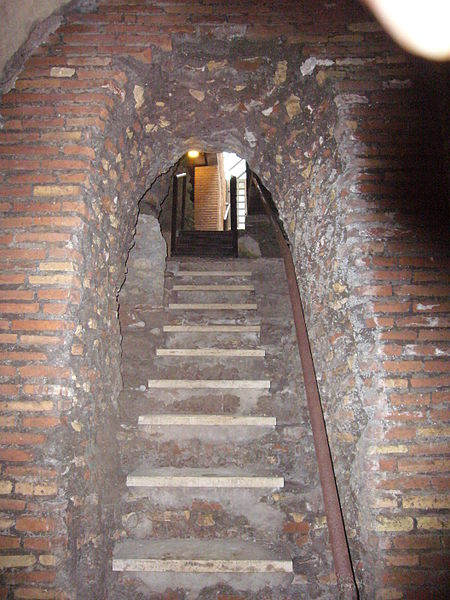

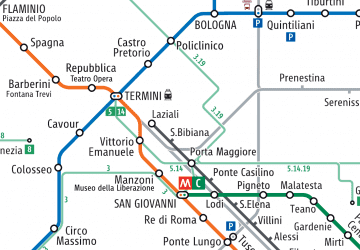 Metro / Tram / Rail
Metro / Tram / Rail
